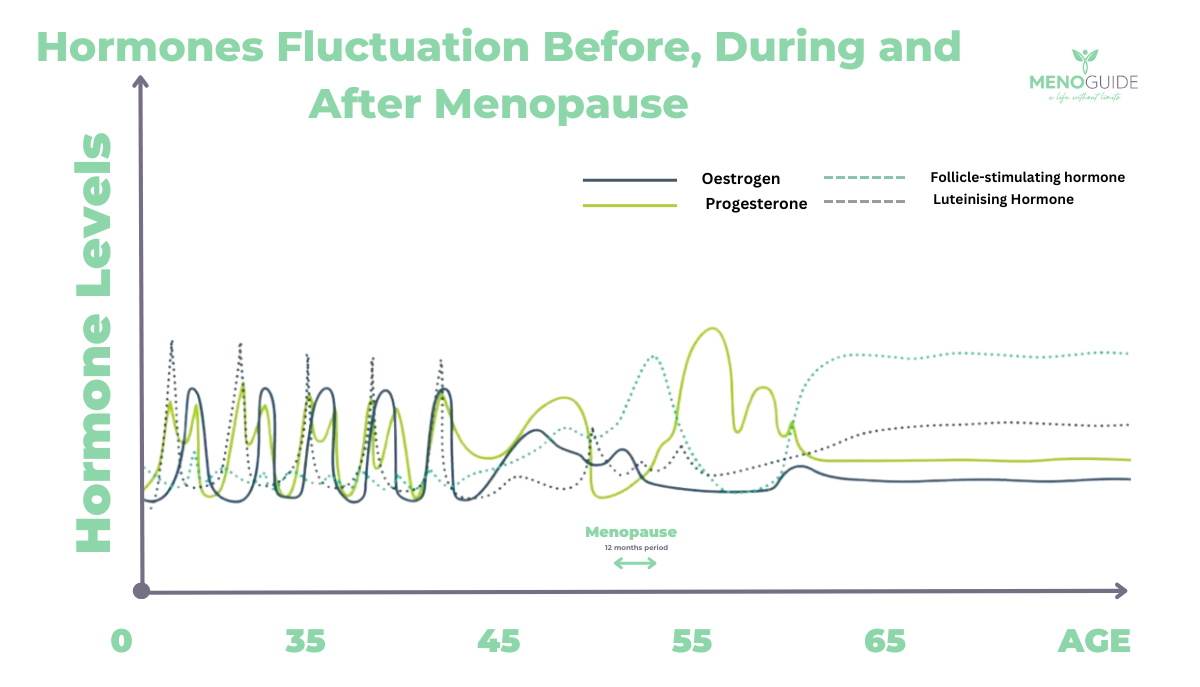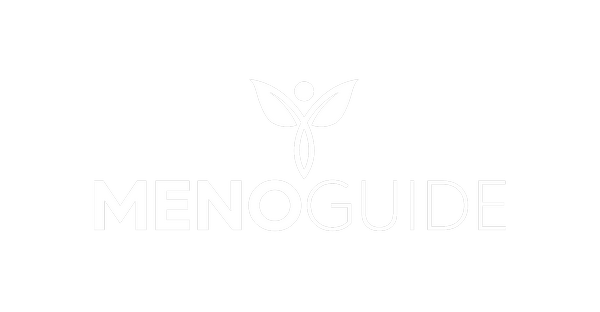Reading Duration: 7 minutes
Has your healthcare provider recommended Hormone Replacement Therapy (HRT) for menopause symptoms, but you find yourself drowning in medical jargon? We’re here to help! In this article, we’ll demystify HRT and break down the complex terms linked to it.
Section 1: Understanding Hormone Replacement Therapy (HRT)
What is HRT?
Hormone Replacement Therapy (HRT) is a treatment that includes hormones such as oestrogen, progestogen, and sometimes testosterone to alleviate the symptoms of menopause.
For an in-depth understanding of menopause, read this blog post on Menopause Diagnosis and Management by The National Institute for Health and Care Excellence.
Section 2: The Components of HRT
Oestrogen in HRT

Oestrogen is crucial in HRT as it has receptors throughout the body. The modern oestrogen used in HRT is body-identical, meaning it has the same molecular structure as the oestrogen naturally produced in your body. It’s derived from the yam root vegetable and can be administered transdermally using a gel, patch, or spray, or in tablet form. There are still some older animal derived tablet preparations available.
Progestogen in HRT

Oestrogen replacement may increase the thickness of the lining of the womb. This can increase your risk of endometrial (womb) cancer/abnormal bleeding. Progesterone is used in combination to keep the lining of the womb thin and lower risk.
Micronised progesterone is the body identical version, this is synthesised from plant sources and has the same molecular-structure as the progesterone produced by our own bodies. It is available as an oral gel capsule or as part of an oral combined tablet. Other progestogens are products that have a progesterone-like effect, called progestins. These are available within a combined oestrogen/ progestin tablet or patch, as separate tablets or within the Mirena coil. Depending on whether you are perimenopausal or menopausal will impact on whether you receive cyclical HRT (also known as sequential HRT) if you still have a menstrual bleed or continuous HRT – usually recommended for postmenopausal women.
Testosterone in HRT
For women who have persistent low libido may benefit from a trial of testosterone. Currently this is not licensed in the UK. Some women also notice improvements in symptoms such as brain fog, fatigue and mood. There is little sufficient medical research in this areas and any use is ‘off-licence’. Many of these symptoms are multifactorial so need a holistic individual treatment approach.
Topical HRT – Vaginal Estrogen
In addition to oral or transdermal administration, HRT can also be applied topically as vaginal oestrogen. This form of HRT is particularly beneficial for women experiencing genitourinary syndrome of menopause, which can cause symptoms such as vaginal dryness, itching, discomfort, and painful intercourse. Vaginal oestrogen comes in several forms, including creams, gel, vaginal tablets (pessaries) or a ring, and delivers a small dose of oestrogen directly to the vaginal tissues, helping to restore its health and elasticity. Discuss with your healthcare provider to determine if this form of HRT could be a suitable addition to your menopause treatment plan.

Learn more on this blog post about genitourinary syndrome of menopause done by The National Library of Medicine.
Section 3: Understanding Hormone Levels and Tests
FSH & LH
The gonadotrophin hormones FSH (Follicle Stimulating Hormone) and LH (Luteinizing Hormone) are responsible for the cyclical ovarian changes during the menstrual cycle. When these hormones are released, they act upon the ovaries to stimulate the growth and maturation of the follicle. When the ovaries start to fail, FSH and LH levels increase in an attempt to keep the ovaries going.
Hormonal blood tests can be used to work out the presence and level of hormones in your blood. However, their use and efficacy both depend on your age and your use of contraception and/or HRT. They are not recommended in women over 45 years of age. In women below the age of 45 they are not considered to be a diagnostic test, but are recommended as this would be classed as early menopause and require different management strategies.
In addition, the use of either HRT or certain hormonal contraception may well impact the reliability of the blood test results. If you’re using HRT or combined hormonal contraception for example, the combined pill, vaginal ring, or patch, then hormonal blood tests will not give you a reliable result. These hormones suppress your body’s levels of FSH and LH.

Conclusion
Understanding the jargon linked to Hormone Replacement Therapy is the first step in making informed decisions about your menopause treatment. Remember to have open discussions with your healthcare provider about the benefits and risks associated with HRT.
Follow us on our socials for more information !
Reach out here


